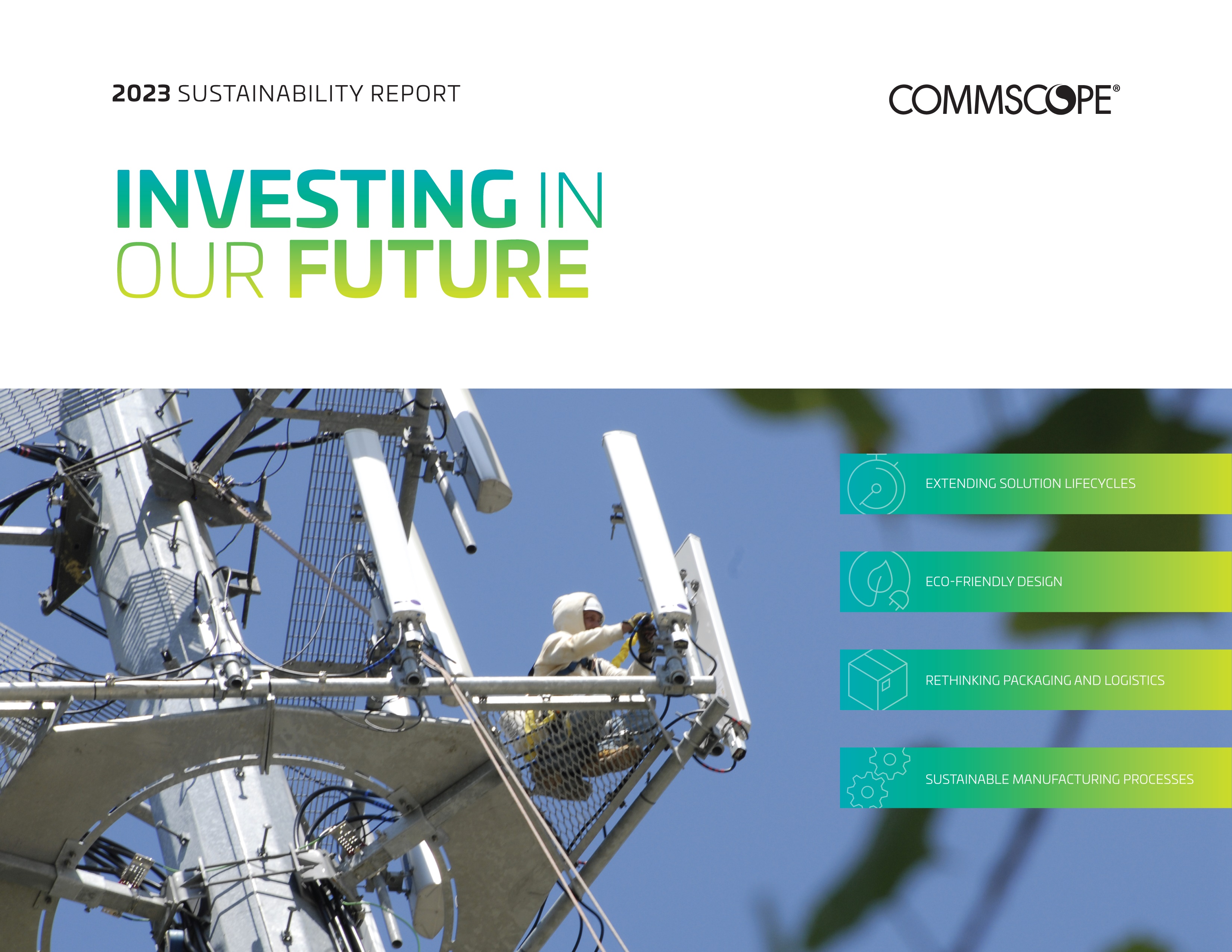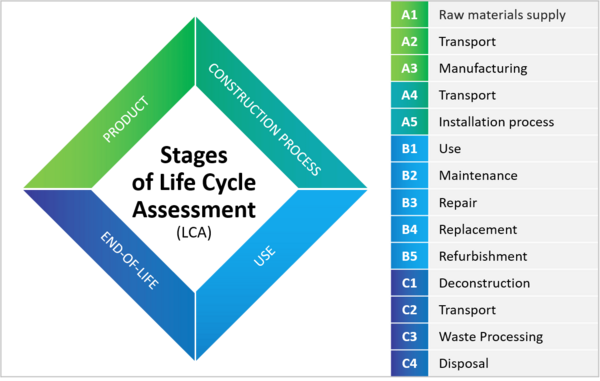Multi-platform, multi-protocol, multi-gigabit networks are here — and the differences between a residence and enterprise are dwindling.
Increasing numbers of IoT and other connected devices. Over-the-top (OTT) video on fixed-place TVs as well as laptops and phones. Wireless backhaul on fixed networks. Digital optics extending reach and capacity. 2018 ushered in multi-protocol, multi-platform, multi-gigabit networks at an unprecedented rate. And the next 12 months show no signs of slowing down.
This year saw enormous progress among three critical drivers:
- Exponential bandwidth growth. Broadband subscriber growth, plus the proliferation of connected devices, equaled unprecedented network demand. Further, the number of connected devices per residence (in some cases, between 20 and 30 on average) is rapidly eclipsing the number of connected devices per user, according to ARRIS’s 2018 Connectivity & Entertainment Index (CEI). And it’s not just households — service providers saw strong growth in commercial customers this year.
- Untethering went mainstream. The mobile warriors have given way to the mobile masses. And they’re just as demanding: 89 percent of people worldwide now expect constant connectivity, according to the 2018 CEI. From using cellular service as a backup hot spot when Wi-Fi fails, to viewing OTT video on our fixed-place TVs instead of just our laptops and phones, the “any device, anytime, anywhere” marketing slogans have become fact. In response, digital optics are extending networks’ reach and capacity.
- The migration of managed services from business to households. Led by innovators like Netflix and The Weather Channel, customized services once the purview of corporate networks are now served to homes and mobile devices. From high-end home security to early adopters of the Internet of Things (IoT), enterprise-level expectations have come to residential tech.
Watch for each of these trends to accelerate next year as networks make a more flexible future possible, and the current $8 billion market expands to meet growing appetites:
- True integration among enterprise and residential network technologies. Multi-gigabit networks for residential and business use are arriving in parallel, and technologies like 802.11ax promise to be the first to flip the script on technology migration, beginning in homes and then moving to enterprises. Integrated wireless and flexible provisioning promise to follow suit. In parallel, absolute capacity will rise. Already, we’re beginning seeing 2-Gigabit service rollouts in the US and even larger-capacity networks internationally.
- The rise of true network automation: more intelligence and more flexibility. Gigabit speed tiers are expensive, so several developments will seek to reduce absolute and operating costs while increasing use-case flexibility. Virtualized networks will be programmed for maximum flexibility. Big data will provide insights and analytics for balancing network loads. And, new network-access architectures will seek to increase reliability and efficient operation. In some cases, complex network architectures will emerge that provide the level of choice and control high-end users demand.
- Outsourcing network technology management on a much larger scale. Managing these costs and complexities will quickly outstrip consumers’ and small- and mid-sized business owners’ skill sets. As fiber finally comes in from the curb, network management duties will be offloaded to service providers. Software-defined networks offering distributed access, bandwidth licensing, and upgradeable nodes will proliferate as demanding technologies like PON, 5G backhaul, metro Ethernet, and a laundry list of virtual functions appear in residential and business networks alike.
In short, we’re continuing to help build the best networks the world has ever seen.
Here’s to 2019.












